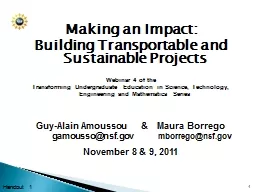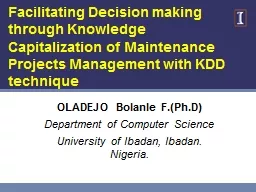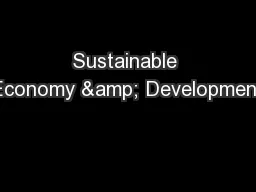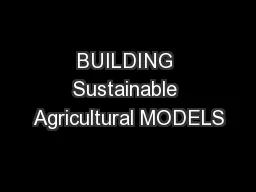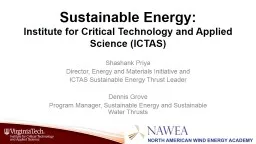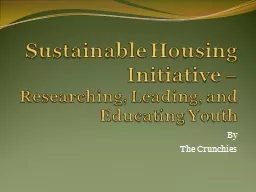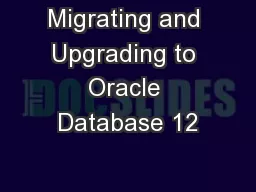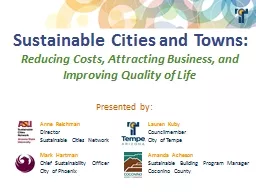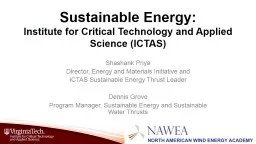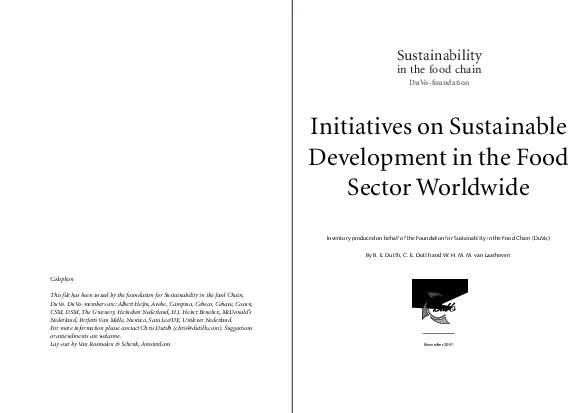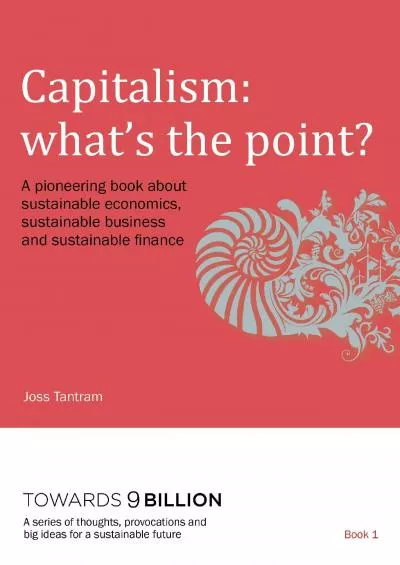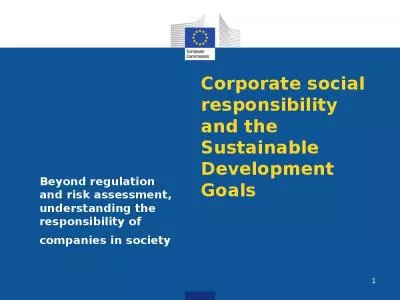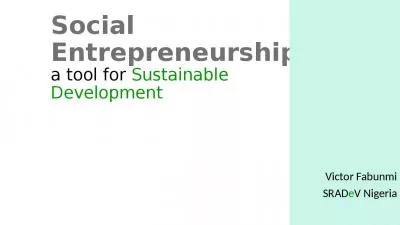PPT-Making an Impact: Building Transportable and Sustainable Projects
Author : celsa-spraggs | Published Date : 2018-03-18
Webinar 4 of the Transforming Undergraduate Education in Science Technology Engineering and Mathematics Series GuyAlain Amoussou amp Maura Borrego gamoussonsfgov
Presentation Embed Code
Download Presentation
Download Presentation The PPT/PDF document "Making an Impact: Building Transportabl..." is the property of its rightful owner. Permission is granted to download and print the materials on this website for personal, non-commercial use only, and to display it on your personal computer provided you do not modify the materials and that you retain all copyright notices contained in the materials. By downloading content from our website, you accept the terms of this agreement.
Making an Impact: Building Transportable and Sustainable Projects: Transcript
Download Rules Of Document
"Making an Impact: Building Transportable and Sustainable Projects"The content belongs to its owner. You may download and print it for personal use, without modification, and keep all copyright notices. By downloading, you agree to these terms.
Related Documents

